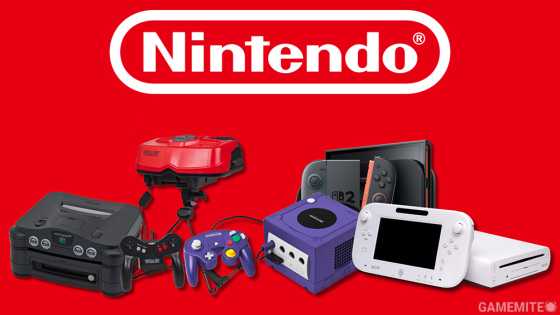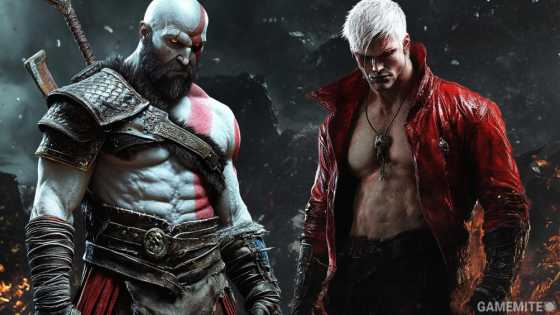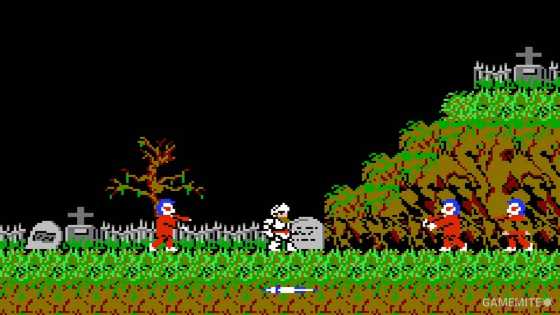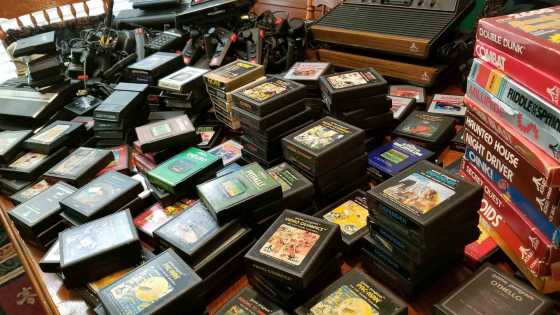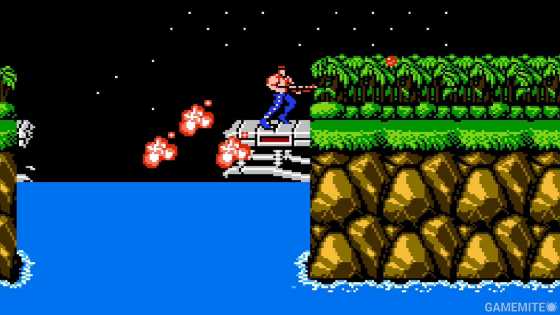The Complicated Legal History of Crash Bandicoot
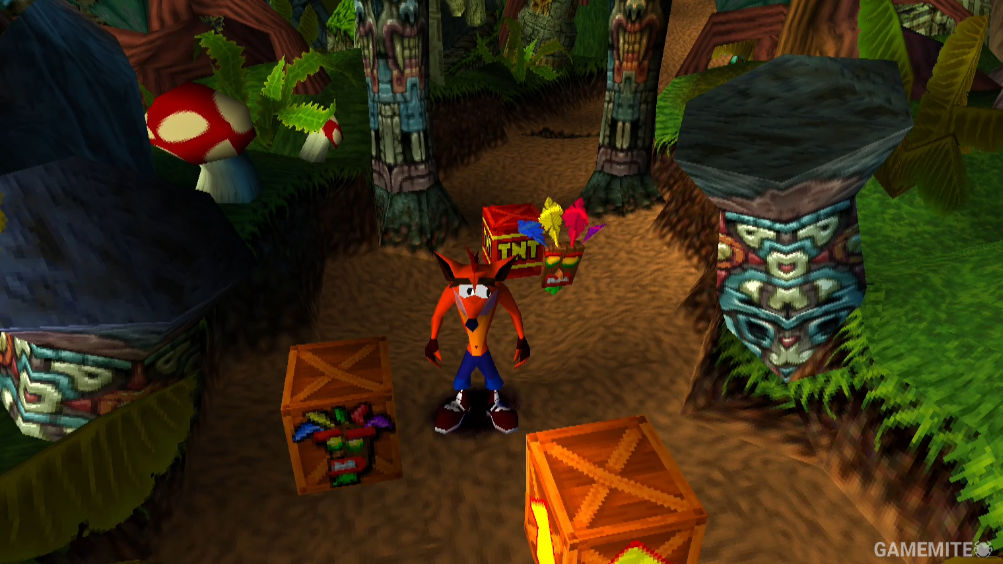
Crash Bandicoot may be one of the biggest and most beloved video game mascots, but there’s one key factor that differentiates this silly orange marsupial from most of his contemporaries – like Mario or Sonic the Hedgehog – and that would be its long, messy and confusing legal history.
Mascot characters are usually owned by the very same company that created them and, thus, they are free to use them for their branding as much as they want. But Crash Bandicoot is an odd exception to this rule, even though he was practically the face of the PlayStation 1 for many years. From the 90s all the way to the 2020s, the rights of this iconic IP have been jumping from company to company, which led to a lot of confusion and frustration among fans around the world. If you’re a longtime Crash Bandicoot fan and you’re confused about his legal situation, this rundown will help you understand his complicated history a bit better.
The Successful PS1 Era
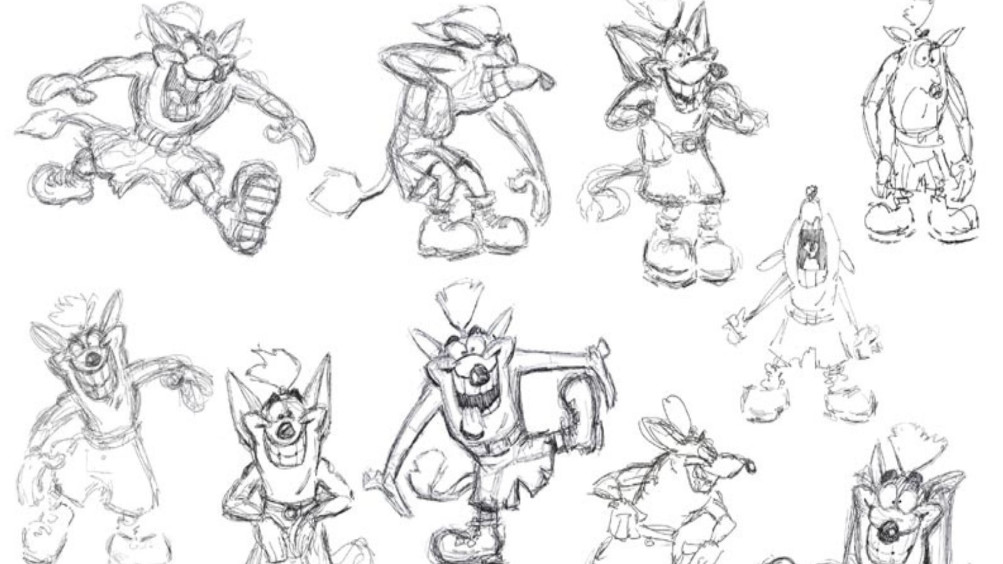
There’s a common misconception that Crash Bandicoot was originally owned by Naughty Dog (which would later go on to create other important Sony IPs, like Jak & Daxter, Uncharted or The Last of Us) seeing as this legendary studio developed the first four games in the series for the PlayStation 1. This, however, couldn’t be further from the truth, seeing as the character was owned by Universal Interactive Studios from his very inception.
Crash was created by two Naughty Dog employees named Charles Zembillas and Joe Pearson, who originally conceived him as “Willy Wombat” (among many other provisional names) before they eventually landed in the spinning orange bandicoot we all know and love. The studio developed the first game in the series, while Universal Interactive was in charge of the distribution. It signed an exclusive agreement with Sony Interactive Entertainment to make the first three games in the series PlayStation 1 exclusives, which proved to be beneficial for the three parties involved.
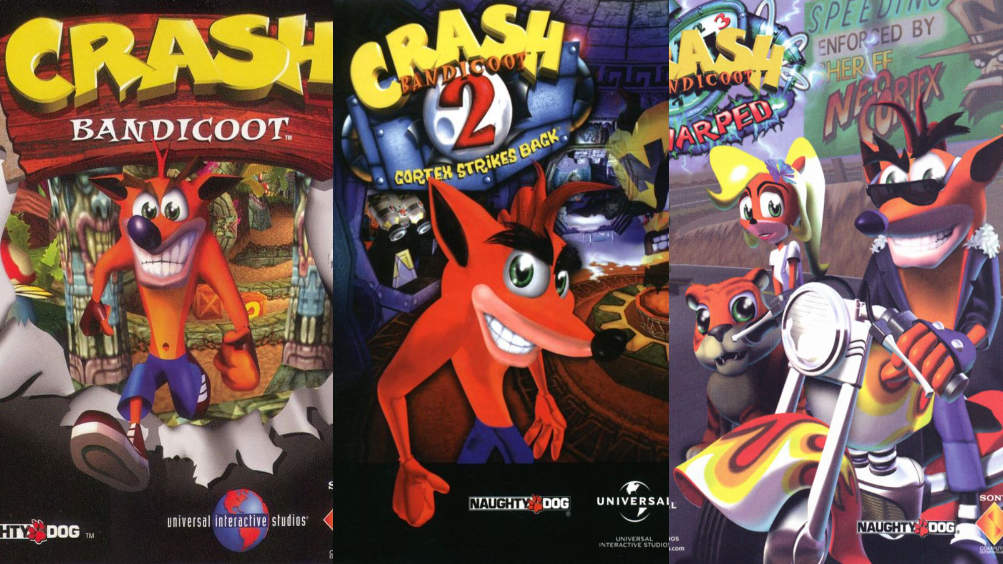
With their clever utilization of their 3D environments, colorful Looney Toones-esque characters, catchy soundtracks, wacky bosses and challenging but satisfying platforming, Crash Bandicoot, Crash Bandicoot 2: Cortex Strikes Back and Crash Bandicoot: Warped quickly became critical and commercial successes, not to mention that they inspired many other popular 3D platformers that came after them. Because of all these factors and more, people saw the orange marsupial as the mascot of the PS1, and for very good reason.
Needless to say, Naughty Dog also worked on Crash Team Racing, a high-quality kart racing spin-off that could go toe-to-toe against the best entries in the Mario Kart series. But that was pretty much it: While the talented developers of the studio created Crash Bandicoot and turned the IP into what it is today, they never had any ownership over it, and it was Universal Interactive Studios that had the final say on what direction it was going to take next.
With Naughty Dog too busy on bigger and better projects, Universal Interactive assigned British studio Eurocom Entertainment Software to the development of Crash Bash, a party game inspired by Mario Party that got a mixed reception. This was the last Crash game released on PS1, which released in November 7, 2000; barely month after the PlayStation 2 had already hit stores in North America. Universal Interactive knew that they had to make the jump to Sony’s next console as soon as possible.
The Confusing PS2 Era
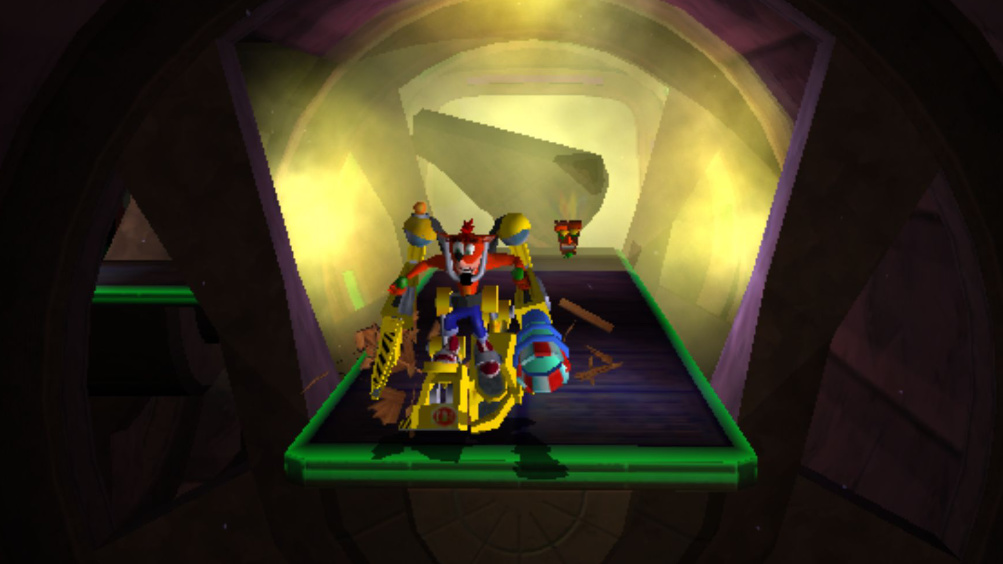
While having ownership of the biggest PlayStation IP was certainly a huge advantage for Universal Interactive Studios, losing their close relationship with both Naughty Dog and Sony was a low blow, especially after the former was acquired by the latter. After a long and complicated development process (which resulted in many scrapped ideas),
they eventually landed on Traveller's Tales - a popular studio with a lot of experience making colorful platformers - to develop the first Crash game on PlayStation 2, titled The Wrath of Cortex.
This game closely followed the formula of previous Crash Bandicoot games, which sadly felt repetitive at that point. That factor, coupled with some of its frustrating “gimmicky” levels, led to the game receiving quite a mixed reception from fans and critics alike. But the most striking thing about Wrath of Cortex is that it was the first game in the series to not be exclusive to a PlayStation console, since it also came out on both Xbox and GameCube a year after its PS2 debut. This was the first sign that Crash was slowly moving away from its status as a PlayStation Mascot.
The sixth generation of consoles was definitely an era of rampant experimentation for the Crash Bandicoot series, with Universal Interactive hiring many different studios to work on multiple games that had nothing to do with each other. From 2001 to 2010, thirteen Crash Bandicoot games were released, developed by many different studios (like Traveller’s Tales, Vicarious Visions, Radical Entertainment or Dimps) and covering all types of genres (like 3D platformers, kart racers, beat 'em ups and even party games).
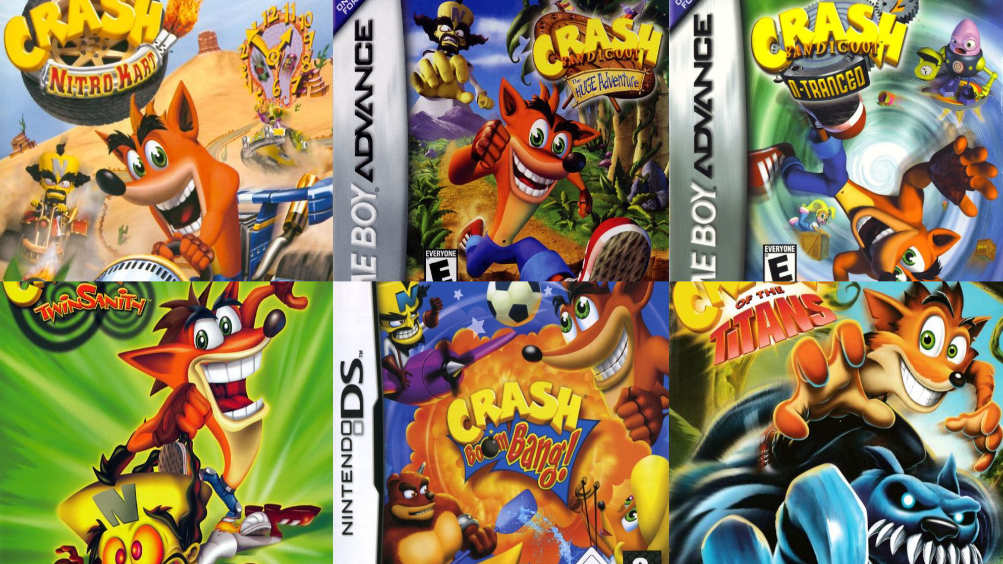
Unfortunately, most of these new multiplatform entries did not resonate very well with most gamers, who were likely busy with the new PlayStation 2 platforming mascots (that were actually owned by Sony), like Ratchet & Clank, Sly Cooper and Naughty Dog’s very own Jak & Daxter series. The only Crash Bandicoot game from this era with a relatively positive reception was Crash Twinsanity, which featured hilarious writing, impeccable level design, a unique soundtrack and multiple playable characters but still had very glaring issues, caused by a tumultuous development process that forced Traveller’s Tales to leave many interesting ideas on the cutting room floor. Additionally, the two brand-new Game Boy Advance titles, The Huge Adventure and N-
Tranced, were also received quite well, which was a great sign, considering they were the very first platforming entries in the series released for a handheld console.
Back in 2003, Universal Interactive became Vivendi Universal, which was later renamed to Vivendi Games in 2006. But in 2008, something big that completely changed the fate of the Crash Bandicoot series happened: Vivendi merged with Activision to form Activision Blizzard, meaning that the orange marsupial was now in the hands of one of the biggest video game companies in the world, just around the time that the PlayStation 3 and Xbox 360 were beginning to pick up steam…
The Non-Existent PS3 Era And Crash’s Eventual Revival

How is it possible that Crash Bandicoot, who at one point was considered the face of PlayStation, did not have a single new game released on PlayStation 3? And to make things even worse, the 2008 mainline entry, Crash: Mind over Mutant, came out on both Xbox 360 and Nintendo Wii, the two main competitors of the PS3 (Although it was also released on PS2, which still had a surprisingly large player base during the late 2000s).
After some disappointing sales and many cancelled projects (most of which were brimming with potential) the Crash Bandicoot series sadly went on a 7 year long hiatus (9 years, if you don’t count the last two mobile games), which was completely unprecedented for what at one point was one of the biggest icons in all of gaming. Could you imagine if characters like Mario or Sonic the Hedgehog just stopped getting new games for almost 10 years?
Fortunately, after years of countless rumors and speculation, it seemed like Activison Blizzard finally realized what it had in its hands and announced that Crash Bandicoot was coming back during E3 2016. Not only was he going to make a cameo appearance in the new Skylanders: Imaginators, but he was also going to receive an HD remake his first three PS1 adventures made from the ground-up, which was fittingly titled Crash Bandicoot N. Sane Trilogy.
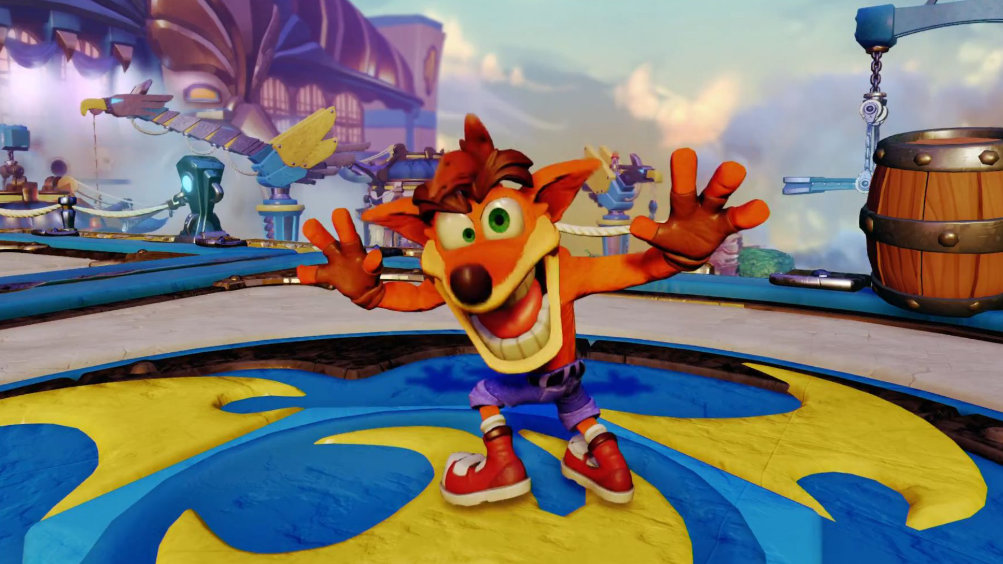
The N. Sane Trilogy came out on PlayStation 4 in 2017 as a timed exclusive and was later ported to other systems, like Xbox One, PC and Nintendo Switch. This modern collection was developed by Vicarious Visions, a studio that already had experience working on the IP and thus, was extremely careful on getting the gameplay and atmosphere right in order to live up to the name of the original PS1 trilogy. Fortunately, its efforts were completely worthwhile, because Crash Bandicoot N. Sane Trilogy was a faithful reimagining of the original three titles that made people fall in love with Crash, only that they now had better graphics, tighter controls and were accessible to a broader audience. The orange marsupial was finally back!
Needless to say, the N. Sane Trilogy was an immediate critical and commercial success that put the beloved bandicoot back in the spotlight, while also inspiring Activision to keep doing more stuff with this gaming icon, like a full-fledged remake of Crash Team
Racing titled Crash Team Racing Nitro-Fueled. This successful revival seemingly led to the creation of Spyro Reignited Trilogy, seeing as the Spyro the Dragon IP was not only owned by Activion Blizzard at the time but it was also closely associated with the Crash Bandicoot IP since its inception.

But then it finally happened: Activision Blizzard announced and released a completely new Crash game, with a new story, new character designs and new game mechanics. Crash Bandicoot 4: It's About Time came out in October 2020 and, as its title implies, it was designed as a soft reboot that ignored every game that was released after the original PS1 trilogy. Weirdly enough, Activision had chosen Toys for Bob (developers of Spyro Reignited Trilogy) to make this new game, instead of Vicarious Visions (who had developed the N. Sane Trilogy).
Despite some criticisms about its overwhelming completion requirements, Crash Bandicoot 4 was a critical and commercial success that had left fans both satisfied and wanting for more. This was it: after countless years of hibernation, this new game cemented Crash Bandicoot as a new and profitable platforming mascot for a modern mainstream audience. So, what could possibly go wrong from that point onwards?
Crash’s Unpredictable And Uncertain Future
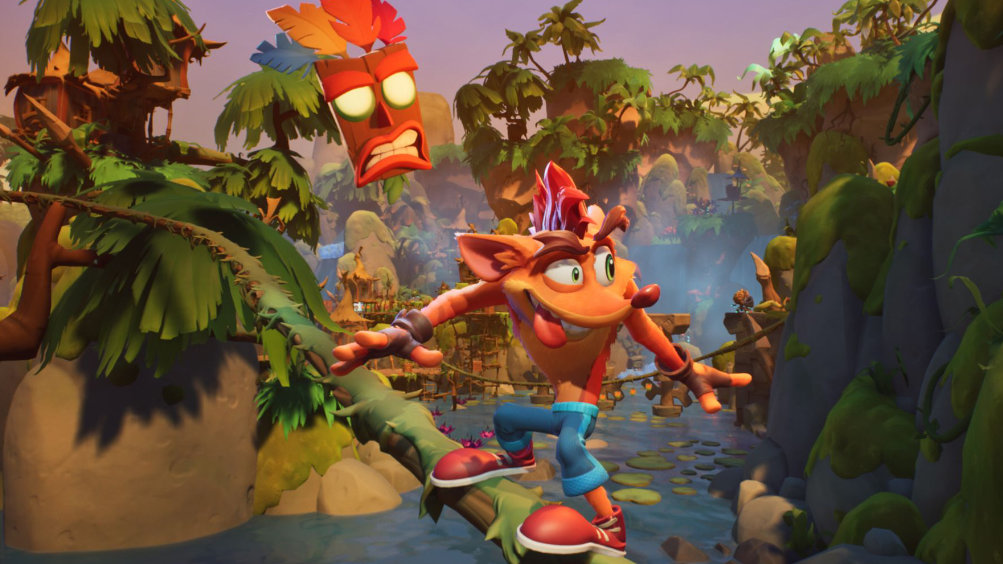
It didn’t take too long for Activision to start making questionable decisions surrounding the Crash Bandicoot IP. For example, the company added post-launch microtransactions to Crash Team Racing Nitro-Fueled after promising that it was not going to do exactly that, which definitely left a bad taste in player’s mouths.
Another project that was inspired by the franchise’s newfound success was Crash Bandicoot: On the Run!, an auto-runner title for mobile devices with surprisingly solid gameplay and presentation, but it was also panned by fans and critics for its rampant monetization and tedious progression. While On The Run! had a moderate level of success, its developer, King, ended up deactivating its servers in February 2023 and delisting it completely from digital stores, which is enough proof of how much a failure it must have been for the two companies involved.
The new positive reputation of the Crash Bandicoot series was slowly deteriorating and Activision’s next bizarre move certainly didn’t help. After literal years of rumors surrounding a multiplayer DLC mode for Crash Bandicoot 4 called Wumpa League, they finally released a brand-new game titled Crash Team Rumble in June 2023. Developed by Toys for Bob, this was an online multiplayer experience that pitched multiple iconic characters against each other in a weird but interesting sport that implements many of the series’ signature platforming mechanics.
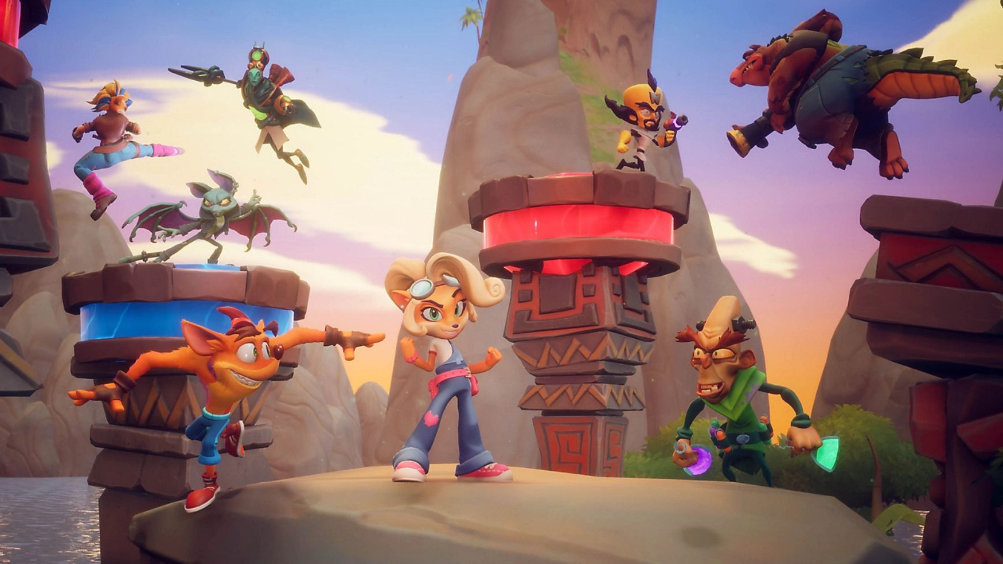
Crash Team Rumble was a really solid multiplayer game that managed to amount a sizeable community but still failed to make an impact on mainstream audiences, mainly because most gamers don’t associate Crash Bandicoot with PvP multiplayer. On top of that, this game was $30 dollars on release which, combined with some questionable monetization, made fans feel like Crash Team Rumble was “filler cash-grab”. The IP is not unfamiliar to experimenting with new genres or game modes, but longtime fans would have definitely been way more accepting of it if it was cheap DLC for Crash Bandicoot 4 or a free-to-play experience like most multiplayer games for kids in the modern market.
Things were getting very dark for Crash Bandicoot and they were starting to look even worse. In 2021, Toys for Bob announced that it was going to being assisting on the continuous development of Call of Duty: Warzone, which, combined with some unexpected layoffs, fans saw as a death sentence for the Crash Bandicoot franchise. Of course, Activision had other subsidiary studios working for it, but Toys for Bob had done an excellent job with both Spyro Reignited Trilogy and Crash Bandicoot 4, so fans were naturally worried about who was going to take over the franchise next. (It’s important to note that, while this happened in 2021, the development of Crash Team Rumble was advanced enough to be handled by a smaller team).
Fans were extremely unhappy with how Activision Blizzard was using the Crash Bandicoot IP and to make things even worse, games journalist Liam Robertson later revealed that the company cancelled a potential Crash Bandicoot 4 sequel that Toys for Bob was reportedly working on, which not only sounded and looked great but it would have also functioned as a crossover with the Spyro the Dragon franchise. Activision was infamous for cancelling multiple Crash games from 2008 to 2017, and it seemingly didn’t take long for it to begin doing the exact same thing once again, even after the global success of the marsupial’s recent adventures.
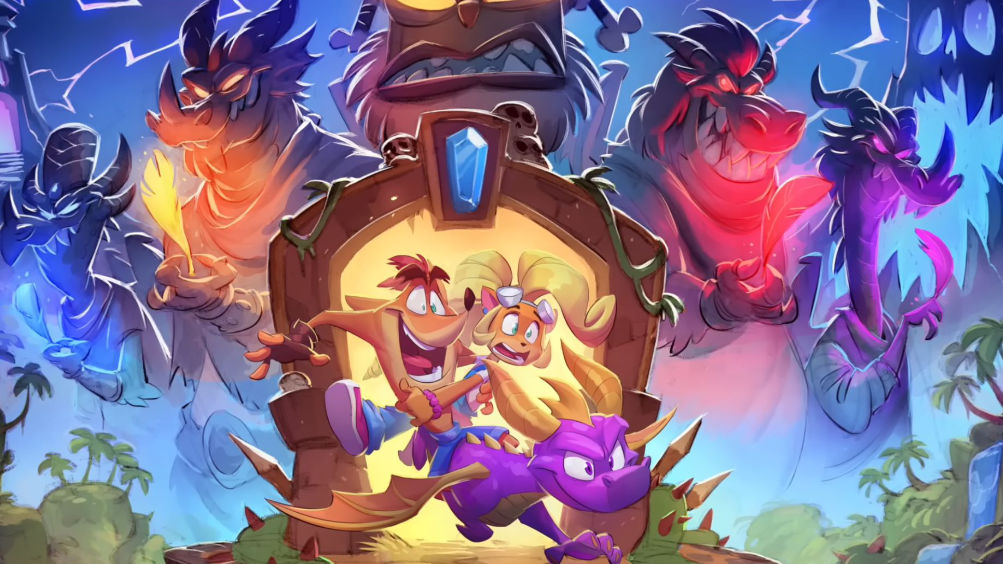
But everything changed once again after Microsoft acquired Activision Blizzard in October 2023. That’s right; this means that now Crash Bandicoot belongs to Xbox, despite being mostly known as a PlayStation mascot for decades. Fortunately for his fans, Microsoft is not interested in making exclusives anymore and has repeatedly shown interest in releasing its products on PC, Nintendo Switch, and PlayStation 5. While some fans are currently hoping that this acquisition will be a good thing for the future of the franchise (especially after the monumental failure of Crash Team Rumble), it’s quite uncertain when it’s the next game in the series is going to be released, let alone who is potentially going to make it.
The only silver lining in all of this is that Toys for Bob became completely independent in 2024 and was no longer a subsidiary of Activision Blizzard, which led to the inevitable cancellation of Crash Team Rumble’s updates and online support. On top of that, the developer later announced that it was working closely with Xbox to publish its next game, which may mean that a new Crash Bandicoot or Spyro the Dragon game is already in the works.
Regardless of what this new project may be, the fact that the fate of a gaming icon as huge as Crash it’s now completely uncertain and unpredictable is downright unacceptable. This is a character that left a mark on most people’s childhoods, that made an impact on the sales of the original PlayStation and that influenced countless other games that came after him, and yet his legal history is as complicated as it is frustrating. Being a Crash Bandicoot fan is certainly not easy but now we can only hope that Microsoft will try to atone for Activision Blizzard’s mishandling of the IP and is planning on giving him the bright future he truly deserves. On the other hand, however, he could also end up being completely forgotten, like Banjo-Kazooie, Blinx, and other beloved platforming IPs that Microsoft has owned for decades.


